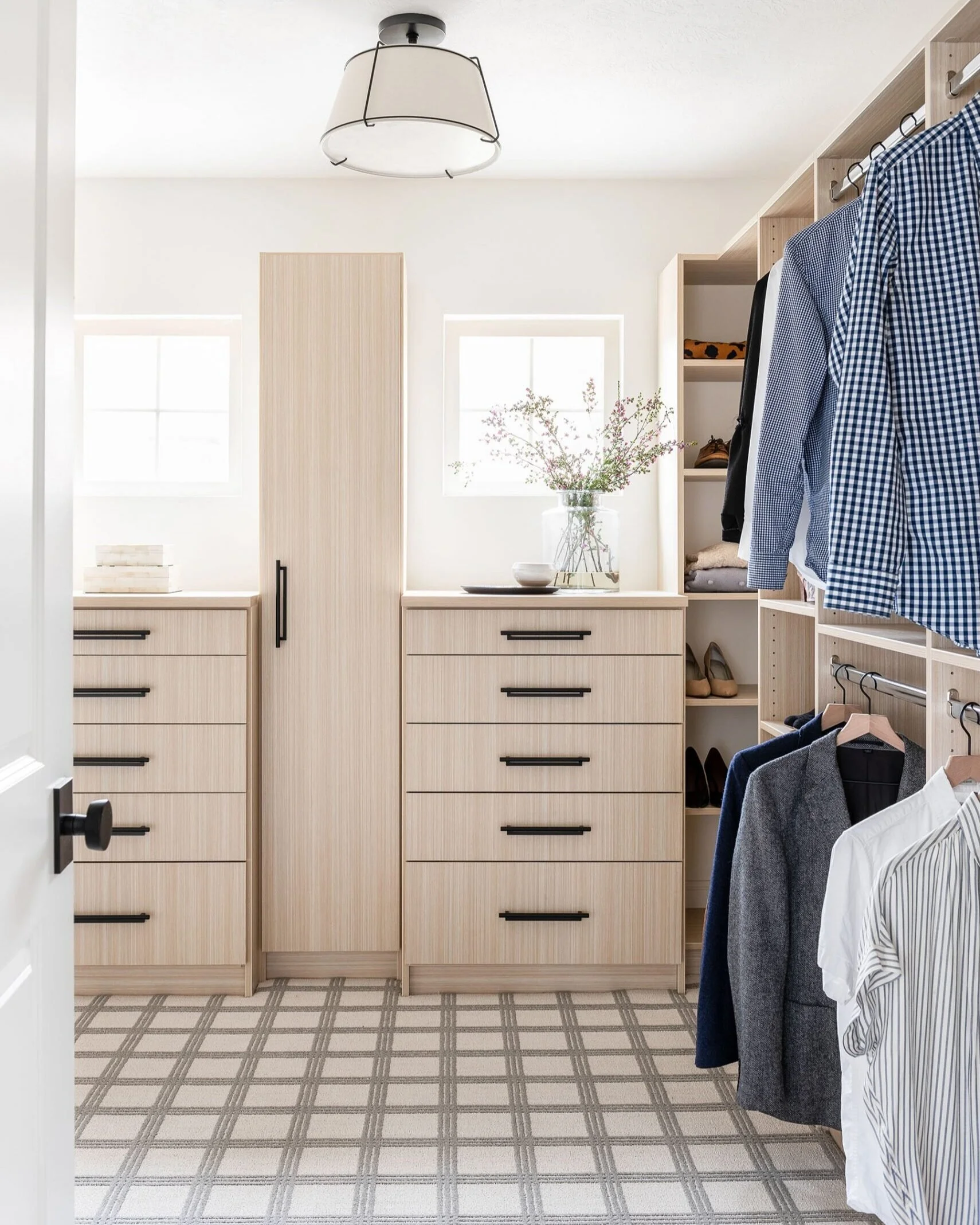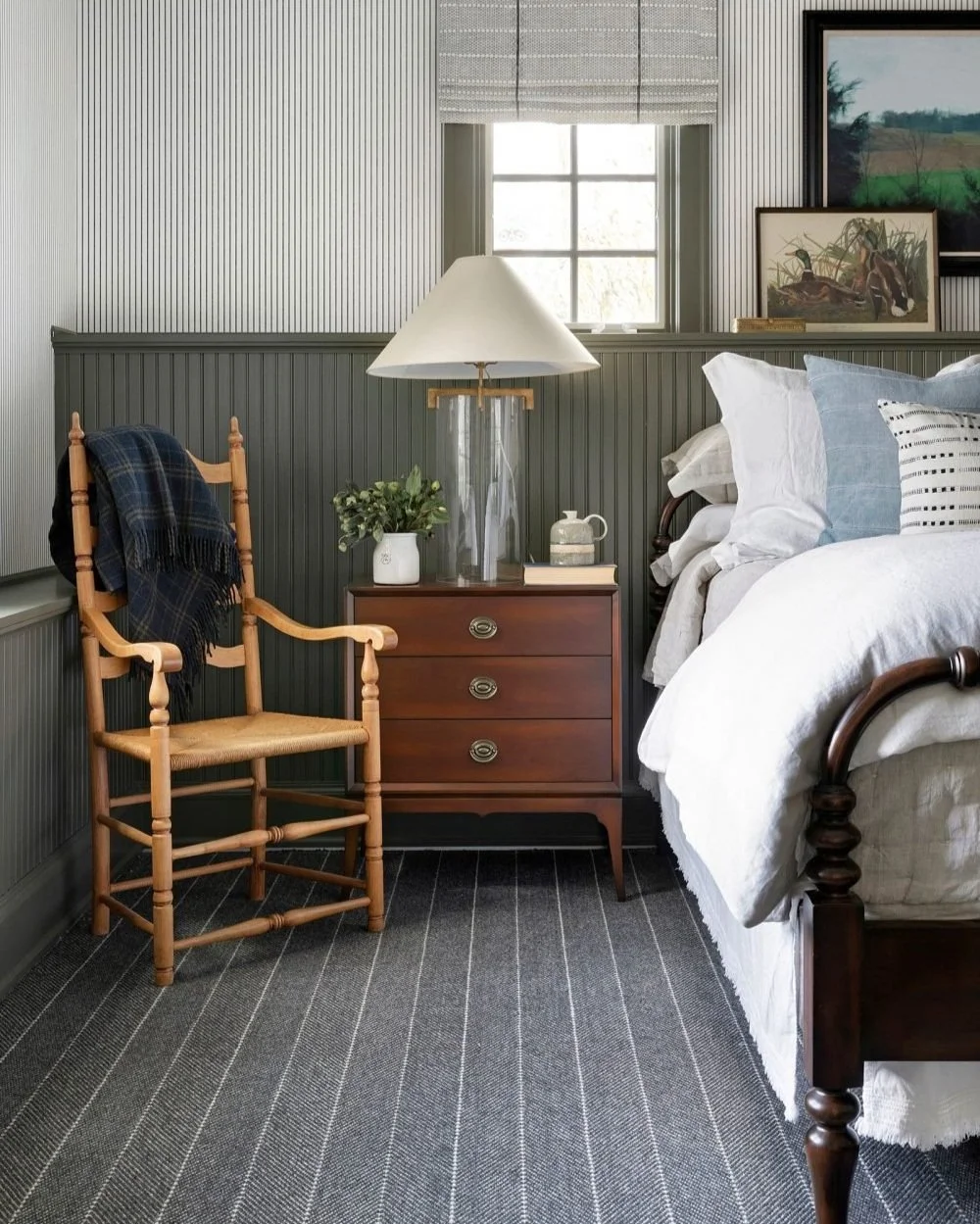Good to Know: Wool vs Nylon Carpet
There is a plethora of carpet options available in the market - knowing which one is best for you and your family can be tricky. Today, we’re going to do our best to weigh the benefits and downfalls of wool and nylon carpets to help anyone trying to make the decision for their home.
Wool
Wool has been around for centuries and is considered the premiere carpet. It represents all the qualities that synthetic fibers try to emulate. We almost always prefer a natural material but, as with everything, there are a few cons to consider as well. This is our favorite line of wool carpet that we’ve used for clients and is what Marianne chose for her home.
Pros
Extremely strong and durable
Naturally flame retardant
Naturally soil resistant
Environmentally-friendly: biodegradable, recyclable and takes less energy to produce
Non-allergenic
Retains its shape & resists furniture crush
Naturally static-free
Improves and maintains indoor air quality by absorbing contaminants without re-emitting them
Cons
Can cost up to twice as much as nylon carpets
Gradually fades in direct sunlight
Requires more maintenance for cleaning (read more about that here)
Has low resistance to the chemicals used to remove stains
Can attract and suffer damage from moths, beetles, and other types of insects
Nylon
There are many different types of synthetic carpet options: nylon, polyester, polypropylene/olefin; nylon being the most popular option. 65 percent of the carpets sold in the United States, according to the Carpet Buyers Handbook. There is a time and place for a synthetic carpet but it’s important to know the pros and cons before deciding which is right for you. This line of nylon carpet is our first choice for clients who choose to go this route.
Pros
Typically more cost effective (compared to wool or hardwood)
Durable
Treated to be static-free
Treated to be soil resistant
It can sustain cleaning with harsh chemicals
Cons
Not biodegradable
Treated / made with chemicals and micro-plastics
Can produce static electricity in dry climates
Can be more expensive compared to other synthetic carpet



